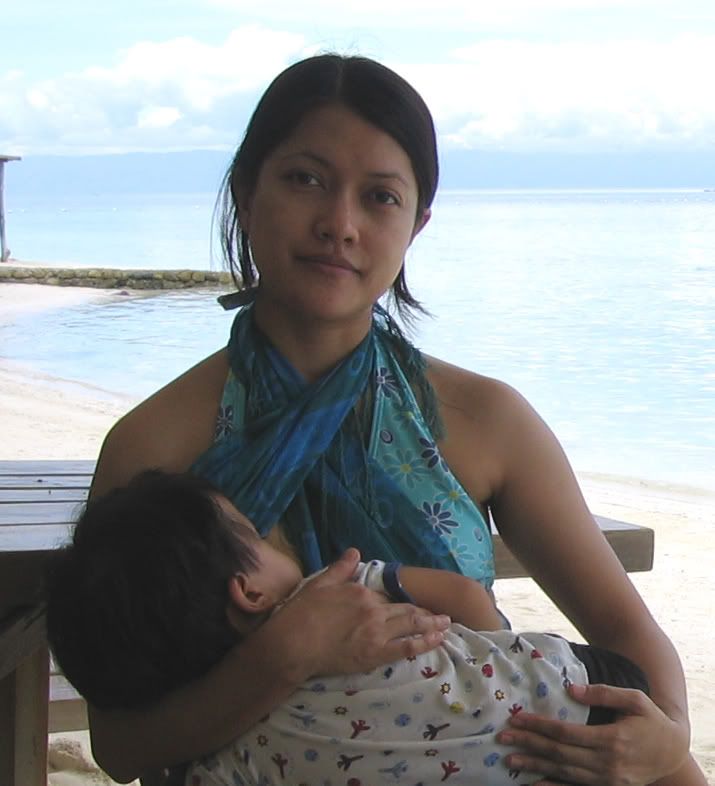Do these numbers really add up to a rosy picture of breastfeeding in the Philippines?
Last month, UNICEF developed a little matrix for journalists, entitled, "Measuring Breastfeeding." It can be easy to look at a piece of breastfeeding statistic and, without knowing what the number really means, conclude that breastfeeding rates are high in the Philippines. Hopefully, this matrix will help set the record straight:

If one uses "ever breastfed" and "exclusively breastfed, below 6 months", one would conclude that: the majority of women breastfeed and one-third of all babies are exclusively breastfed. However, considering the recommendation by WHO and UNICEF for optimal breastfeeding, these numbers are virtually useless.
WHO and UNICEF recommend exclusive breastfeeding for the first six months. After this, breastfeeding should continue along with the feeding of nutritious complementary foods.
Therefore, it is not very useful to know that 86.5% of women have ever breastfed. This counts even those women who breastfed only once for even one minute or a few seconds!
The second statistic is not much help, either. It counts all babies, from 0 to six months old, who are being exclusively breastfed. This includes those who are being exclusively breastfed at one month of age, but who will no longer be so the next month. Therefore, it gives no indication of the total length of exclusive breastfeeding.
So the indicator that we use -- and it isn't perfect either -- is "exclusively breastfed, 4-5 months". This is a count of all babies who are 4-5 months old and being exclusively breastfed. It doesn't include those who go up to six months of exclusive breastfeeding, but it's the best that we've got. This number is small, merely 16.1%, and we can safely assume that the percentage of infants who do reach exclusively breastfeeding up to six months would be even lower.
The median duration of exclusive breastfeeding is even more dismal. Half of all infants in the Philippines are exclusively breastfed for less than 0.8 month or 24.8 days.
These last two indicators make it clear: very few babies in the Philippines are being exclusively breastfed for six months. And there lies the problem.
Note: All statistics are from the 2003 National Demographic and Health Survey.

1 comment:
hi,i like your post,, it's all about breastfeeding and i like it to raed.
________________
Elizabeth Wilcox
Post a Comment